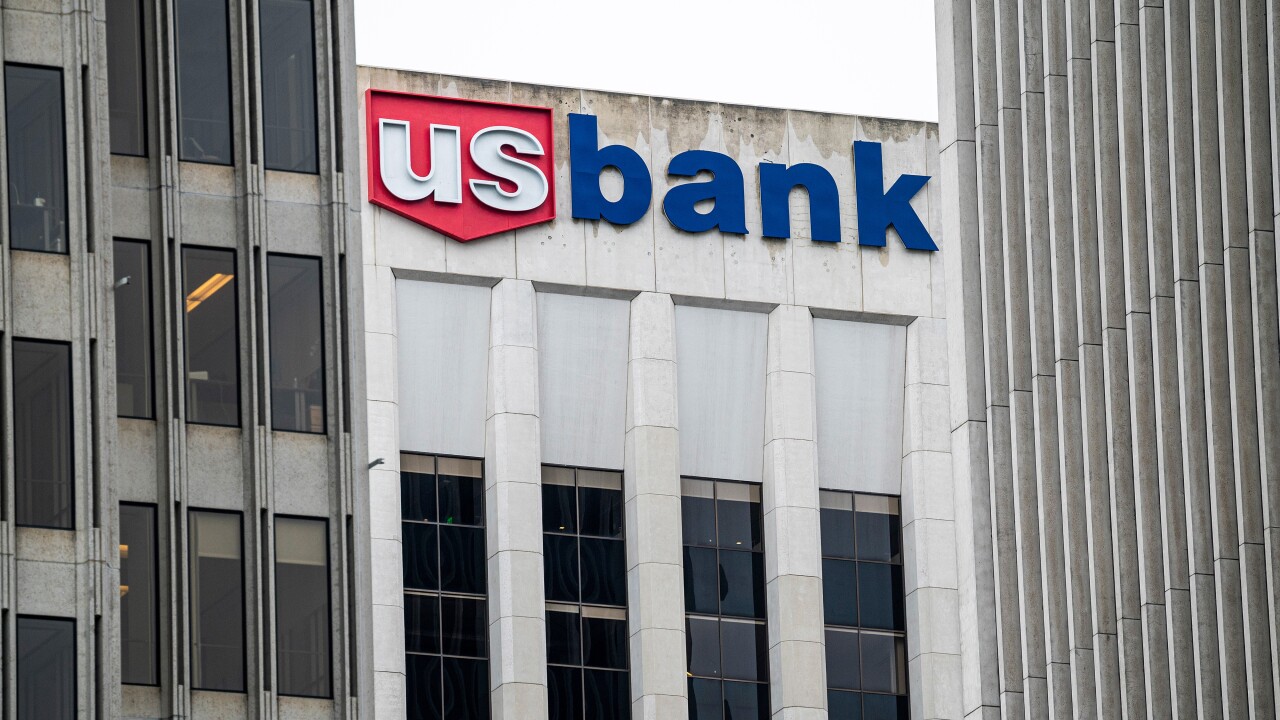Businesses and affluent customers have demanded higher deposit prices, and banks have responded. Now the question becomes, when will everyday consumers expect the same treatment?
It’s a question that goes straight to the heart of the banking industry’s profit equation—higher interest rates are supposed to equate to wider profit margins. As the Federal Reserve raises short-term interest rates, banks
But deposit products come in all shapes and sizes and some types of account holders must be paid higher rates sooner—namely corporate and wealth management clients. That maxim has thus far been confirmed in the second quarter.
One of the most striking examples was Wells Fargo, which reported $683 million in interest paid on deposits in the quarter, more than double its outlay a year earlier and 27% more than in the previous three months. Put another way, its average deposit costs rose to 21 basis points from 11 basis points in 12 months.
The change was driven primarily by increases in commercial deposit pricing, according to company officials, who sought to downplay the move as typical of what's going on in the industry these days.

The San Francisco bank has “implemented some incremental commercial deposit pricing in line with the market [but has] not made material changes in rates paid on consumer and small-business banking deposits,” Chief Financial Officer John Shrewsberry told analysts on a conference call late last week.
“We’ve seen very little market response in these categories,” Shrewsberry said, “with the majority of our peers holding rates steady."
Deposit costs were an important part of the conversation on Bank of America's second-quarter call Tuesday, as declines in net interest income and net interest margin
Bank of America reported gradual increases in deposit costs last year and into early 2017. But from March 31 to June 30 of this year, deposit costs skyrocketed 23% to $346 million.
Retail customers have not yet clamored for higher rates because they like the service that B of A provides, Chairman and CEO Brian Moynihan said during a Tuesday conference call.
“We believe we deliver a lot of value to depositors—transparency, convenience, safety, mobile banking, online banking, nationwide network, rewards, advice and counsel,” Moynihan said.
“There’s some real value to having a relationship with us, and I think there’s value plus the fact that there’s been a lack of market pressure so far,” Moynihan said.
While B of A raised deposit pricing for commercial and wealth management customers late in the second quarter, the impact on net interest income will be felt more in the third quarter, Chief Financial Officer Paul Donofrio said during the call.
It’s not cause for alarm, said Marty Mosby, an analyst at Vining Sparks. In the case of B of A, as long as it can ringfence the deposit-rate increases to its commercial and high-net-worth customers, the company should be able to establish the wide spread it will need to generate meaningful profit growth during the economic recovery.
Nonetheless, regional banks with an abundance of consumer retail deposits should see growth in net interest income sooner, he said.
“The benefit [of higher short-term rates] will be skewed more to the superregionals,” Mosby said. “They’ve shown pickup in their margins. Bank of America not so much because of their institutional deposits.”
That trend appears to have been the case last quarter at the $31 billion-asset
Synvous has not yet seen a strong surge of demand from its retail customers for higher deposit rates, Chief Financial Officer Kevin Blair said during a Tuesday conference call.
“I think when rates start to get at 2% the consumer may begin to change their preferences and start to take the extra effort to move some money around,” Blair said.
The
The same was true at the $71 billion-asset Comerica, as deposit prices were
“We are carefully monitoring our deposit base and, so far, have made no changes to our standard deposit pricing,” Chairman and CEO Ralph Babb said during a conference call Tuesday.





